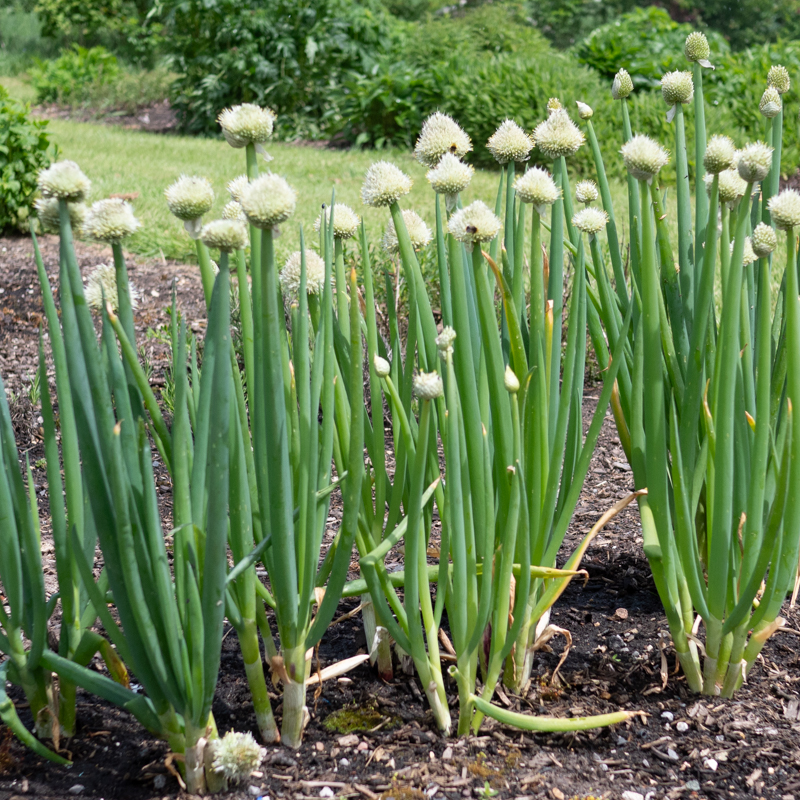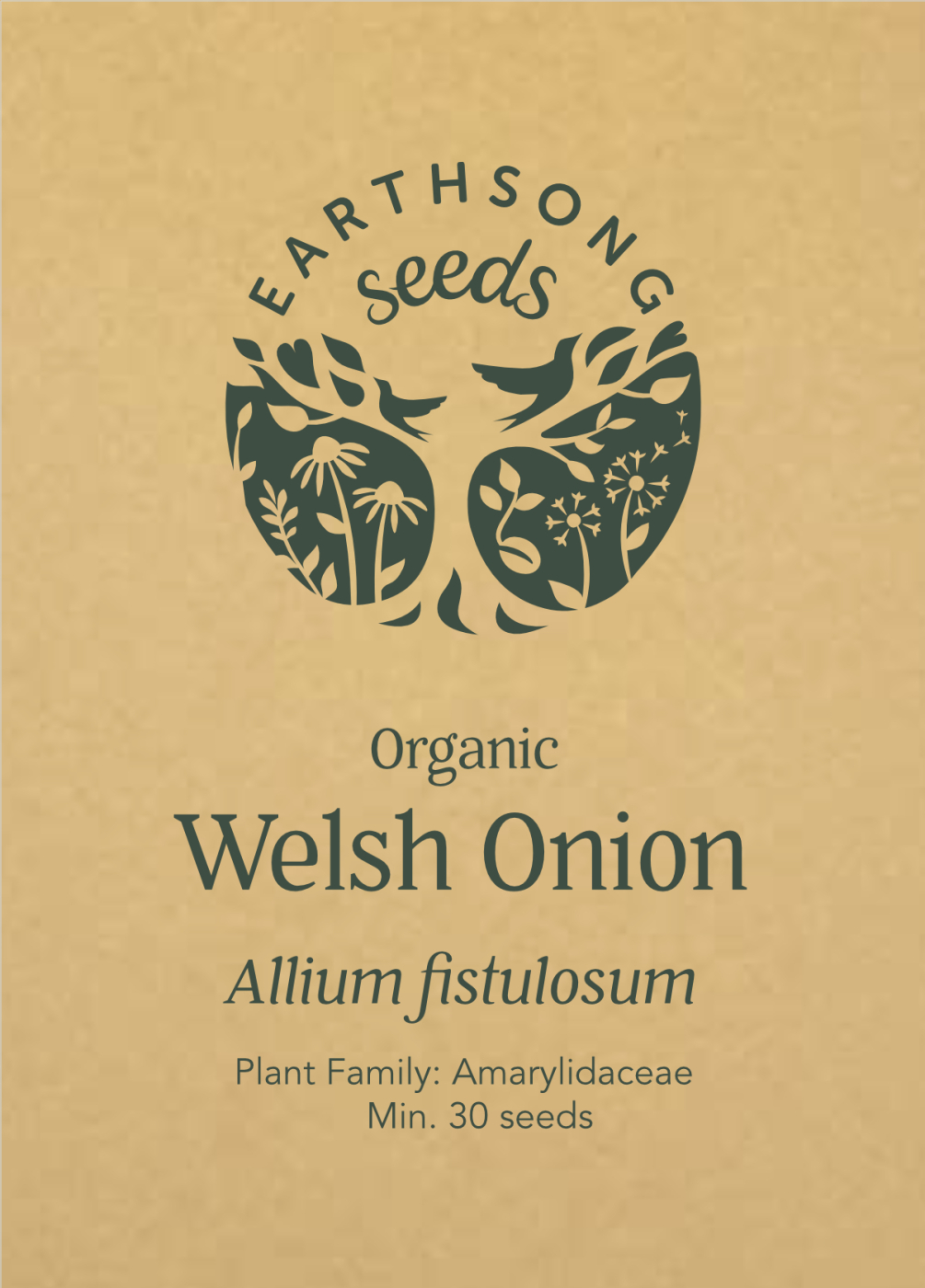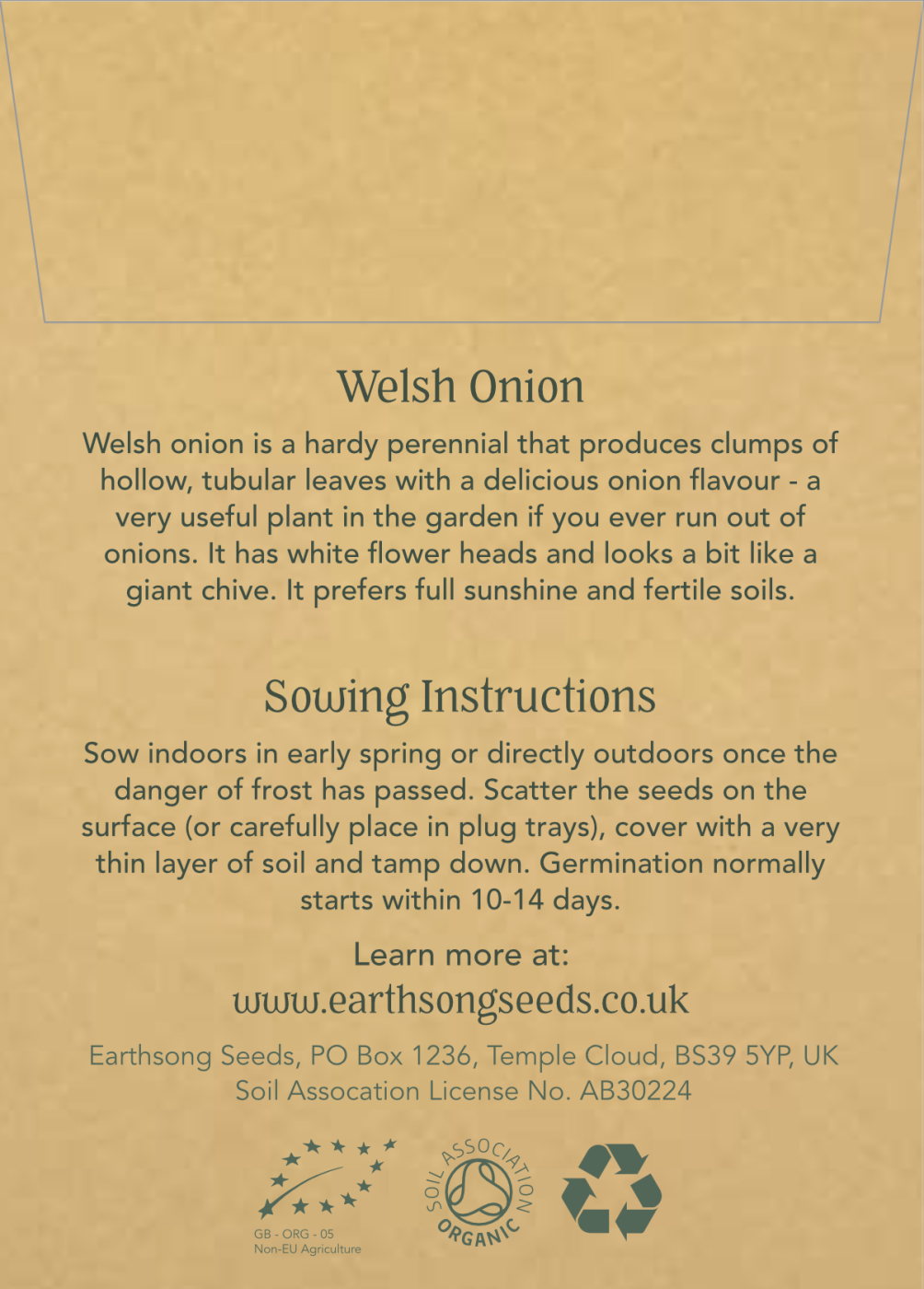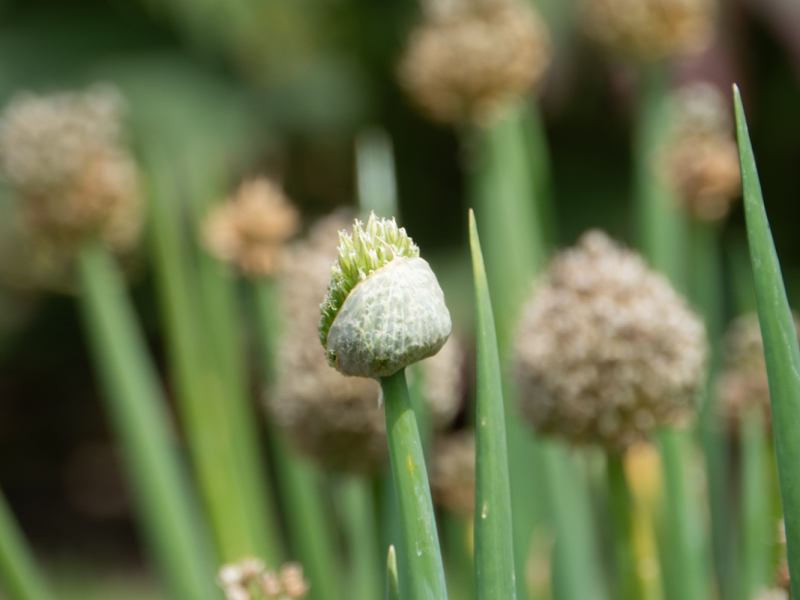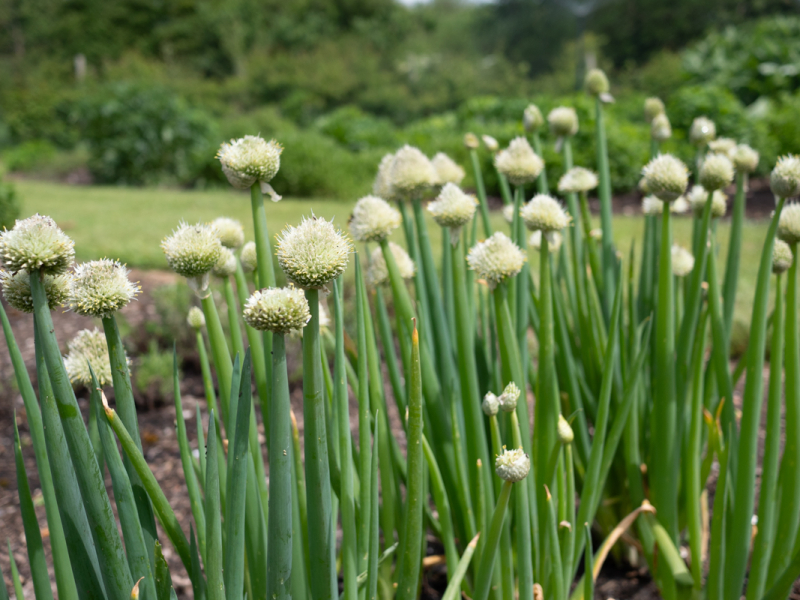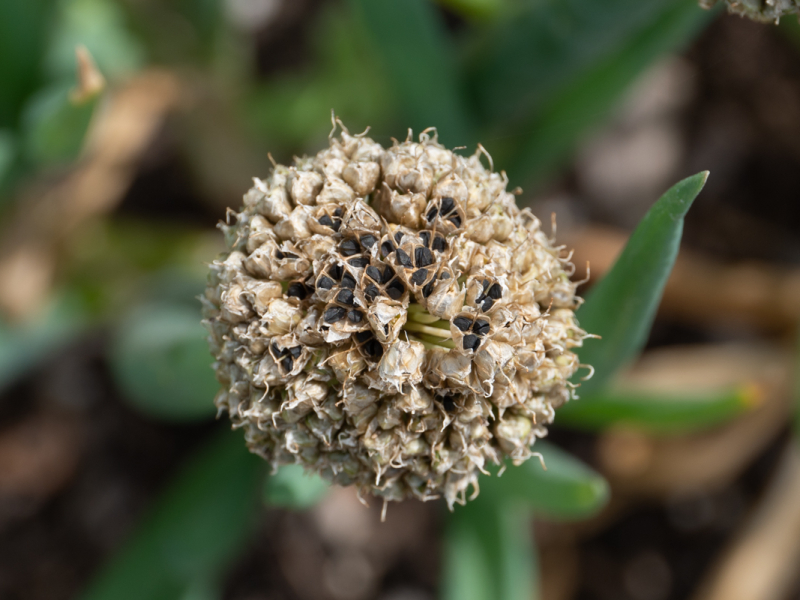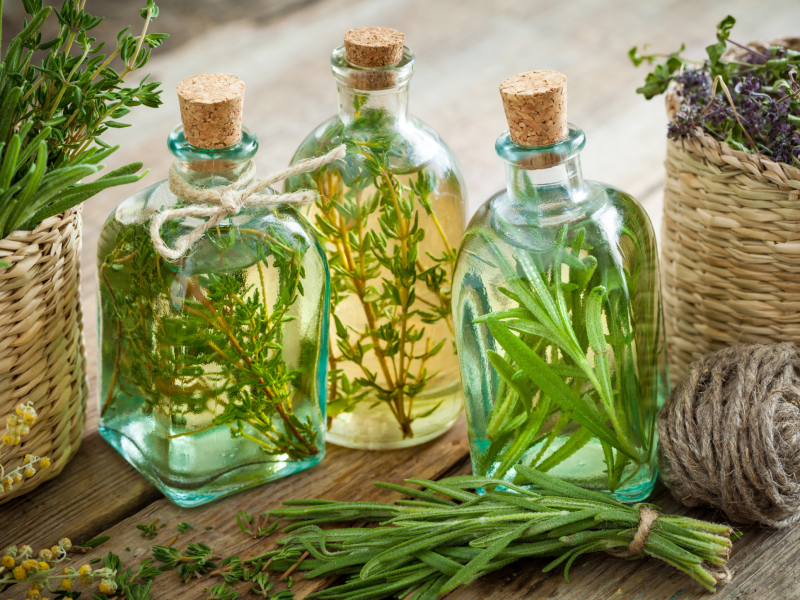Description
Welsh onion is a hardy perennial vegetable. Rather than producing large bulbs like its namesake, it produces clumps of hollow, tubular leaves with a delicious onion flavour.
Contrary to its name, Welsh onion is in fact native to Japan and China. Apparently it is called ‘Welsh onion’ because of the old English word “welisc” or “wælisċ”, which was used to describe anything foreign or non-native. This reflects the historical tendency in English to use “Welsh” to mean “foreign,” not necessarily related to Wales itself. This also suggests that Welsh onion has been on our shores for a long time.
This is an easy plant to grow, providing a productive, low-maintenance alternative to regular onions year after year. Its flowers are edible and can be used to add a decorative and flavourful touch to salads, and are loved by bees and other pollinators. It thrives in full sun and well-drained, loamy soil, and reaches a height of around 30-60cm.

